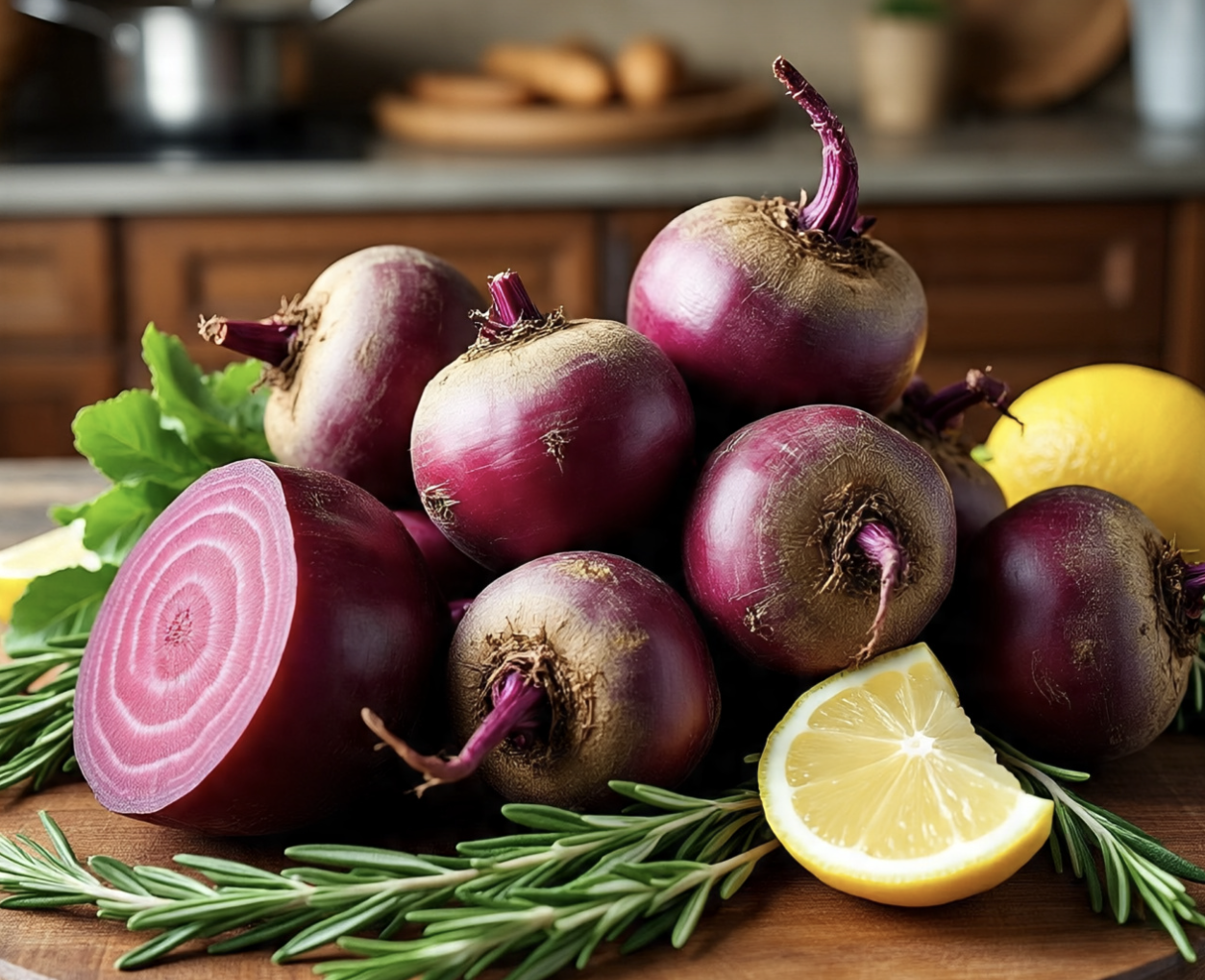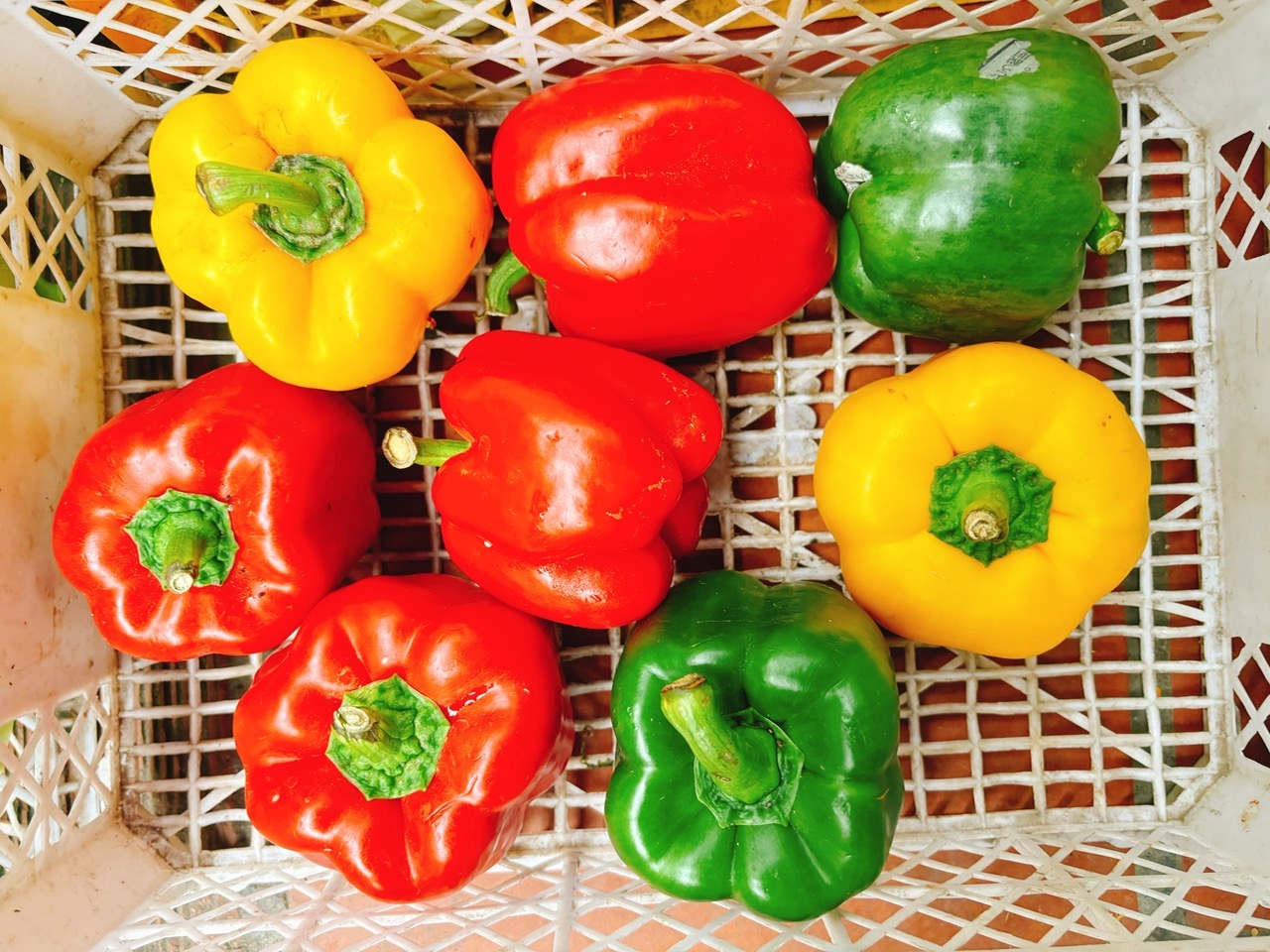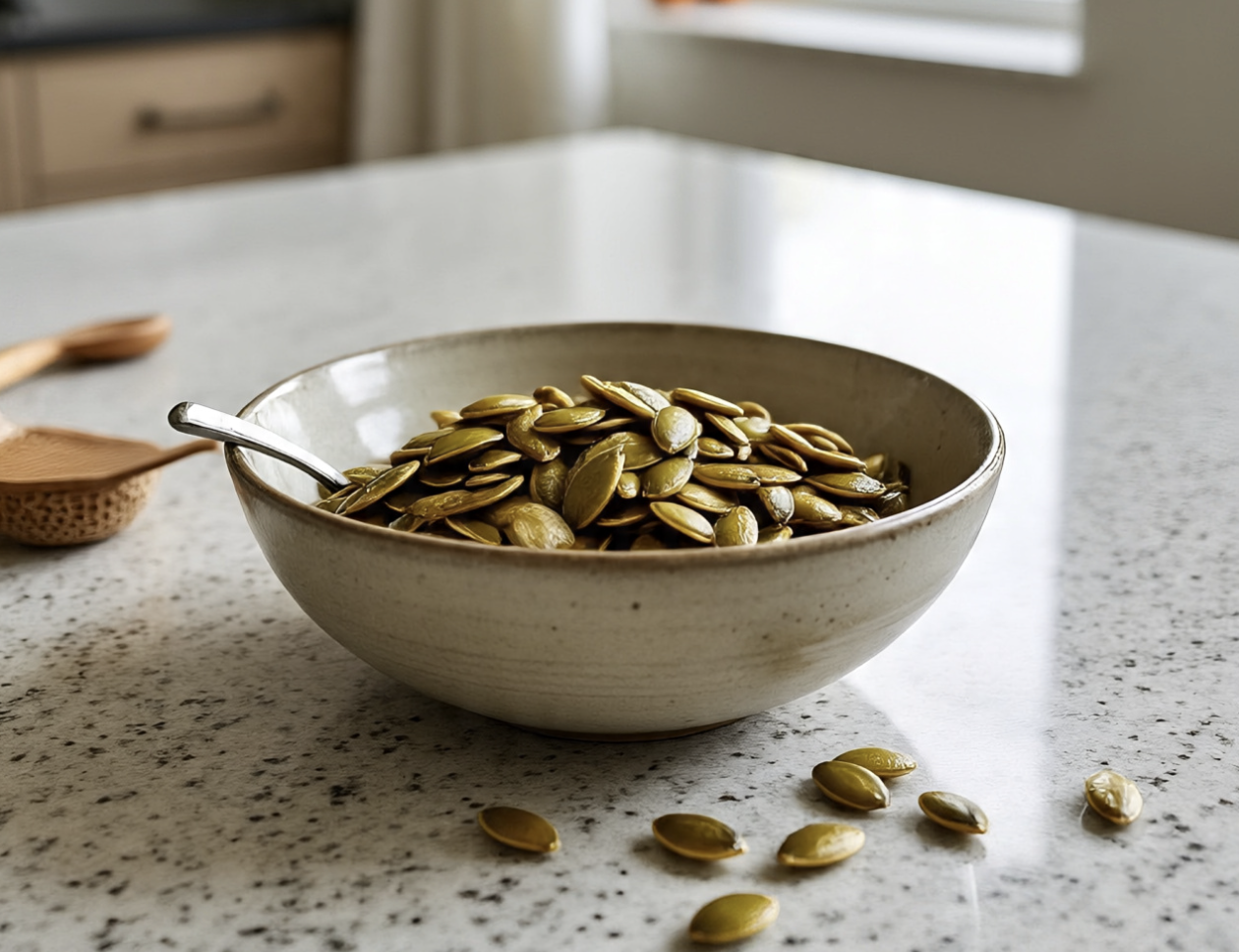 |
Beets are rich in nitrates, which the body converts to nitric oxide. This helps relax and widen blood vessels, improving blood flow. Regularly drinking beet juice or eating beets can significantly reduce systolic blood pressure. Add sliced beets to salads, soups, or coleslaw to take advantage of this food's nutritional value. Photo: Bao Bao, AI
 |
Salmon and other fatty fish like mackerel and sardines are rich in omega-3 fatty acids, which reduce inflammation and lower blood pressure. They also provide abundant vitamin D, which helps the body absorb calcium, combats depression, and regulates blood pressure. Photo: Bao Bao, AI
 |
Peaches have a high potassium content. Potassium helps balance the body's water levels, removing excess sodium, thereby lowering blood pressure. Enjoy peaches as a snack or add them to smoothies and salads for a touch of sweetness. Photo: Bao Bao, AI
 |
Regularly eating red bell peppers contributes to lowering high blood pressure thanks to their abundant potassium and vitamin A content. They are also rich in fiber and vitamin C, which are good for the immune system. Red bell peppers can be eaten raw, blended into sauces, or roasted with a little olive oil for nutritious meals. Photo: Bao Bao, AI
 |
Pumpkin seeds are very rich in magnesium and zinc, beneficial for people with high blood pressure. The nitrate content and antioxidants in pumpkin seeds also keep blood vessels flexible and relaxed, promoting healthy blood circulation. Add pumpkin seeds to salads or yogurt for a tasty and blood pressure-lowering snack. Photo: Bao Bao, AI
Bao Bao (According to Prevention, Everyday Health)












